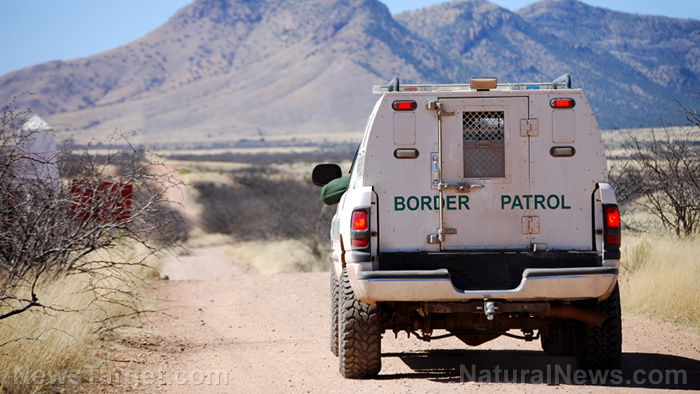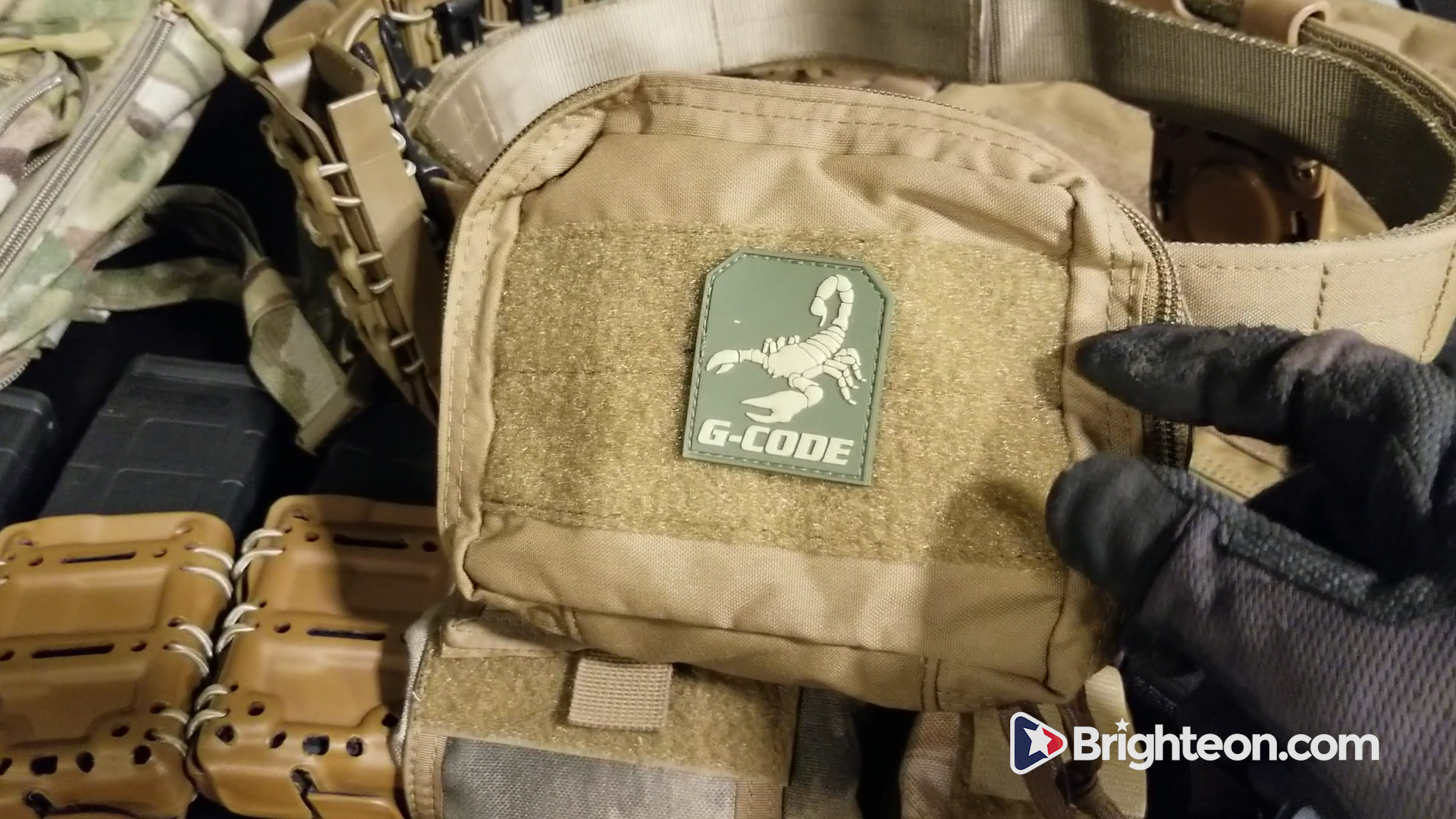Here are some man-tracking techniques to help you find fellow humans after SHTF
12/04/2018 / By RJ Jhonson

Finding other humans, whether it’s to cooperate with them or some other purpose, may not be as easy as tracking animals. Unlike animals, humans can actually cover their tracks and will put a lot of thought into their hiding place. Learning and using man-tracking techniques will make the task much easier for you. (h/t to PreppersWill.com)
Man-tracking is the process of locating other people. Most of the man-tracking skills used by modern Americans were passed down from Native Americans who used the craft to hunt animals or gather information about their rival tribes. Upon the arrival of pioneers, these skills allowed them to prevent dangerous and possibly fatal encounters.
Basically, man-tracking requires paying attention to anything that is out of context in your environment. Doing this in an urban environment, where structures and features can remain unchanged for days, is easier than when nature becomes part of the picture.
When looking for humans, you need to pay attention to two kinds of tracks or spoor – ground spoor or aerial spoor. Ground spoor is any track you can find on the ground, including footprints, burn marks, bloodstains, overturned rocks, tire tracks, and others. Aerial spoor is any track located above-ground, including trampled vegetation and bloodstains on plant leaves.
Signs to look for
Patterning
This refers to signs of ground spoor that form a distinct and readily recognizable pattern. This could be in the form of footprints in mud or the pattern of a shoe or tire from a certain vehicle. Patterns may also occur from other factors and objects, such as walking sticks. In any case, all these are signs of human presence or activity. Just a bit of trivia: Any surface that can capture an impression, such as muddy ground, is called a tracking trap.
Sponsored solution from the Health Ranger Store: The Big Berkey water filter removes almost 100% of all contaminants using only the power of gravity (no electricity needed, works completely off-grid). Widely consider the ultimate "survival" water filter, the Big Berkey is made of stainless steel and has been laboratory verified for high-efficiency removal of heavy metals by CWC Labs, with tests personally conducted by Mike Adams. Explore more here.
Environmental disturbance
Tracking your target becomes easier when they begin to affect the very environment. Signs you can look for include overturned stones, broken leaves or branches, and even bent grass. Not only will these tell you the direction of movement (the top of grass will always bend toward the direction of movement and overturned rocks leave their right side up), they can also tell you how long ago the disturbance occurred. For instance, blades of grass remain green for at least a day after being broken, although intense sunlight may cause it to brown prematurely.
Broken cobwebs make for an excellent indicator of both direction and time frame of travel. If you see a broken cobweb, keep in mind that it takes a spider about an hour to repair the web.
Aerial spoor
This could take the form of broken branches, twisted or dragged vines, or skinned tree barks. To find aerial spur, try to look for vegetation that looks different from other plants surrounding it. Pay attention also to the smell of broken branches or disturbed leaves. Keep in mind that not all plants are fragile – although some will wilt when disturbed, some will just reabsorb moisture and bounce back the next day.
Transfer
This pertains to signs such as bloodstains, urine on vegetation, food wrappers on the ground, and even water on rocks. These are among the easiest to detect and when tracked properly, can easily lead to where your target has made camp.
Once you do find your targets’ resting area, you can check their campfire’s heat for any indication of recent activity. By looking around, you will also learn the group members’ number and their gender.
Relocating your spoor
But what if you lose track of your targets’ spoor? The first thing you need to remember is to never panic. This can happen even to expert trackers. The best thing to do is retrace your steps to your last positive spoor, mark it, and restart from there. If you belong to a group of trackers, you can also rotate with the other members of your team as they may find signs that the others missed previously and improve your chances of success in the process.
Learn how to conceal yourself from man-tracking techniques at Survival.news.
Sources include:
Tagged Under: bug out, man tracking, off grid, preparedness, prepping, survival, survival skills, tracking techniques, wilderness
RECENT NEWS & ARTICLES
COPYRIGHT © 2017 COLLAPSE.NEWS
All content posted on this site is protected under Free Speech. Collapse.news is not responsible for content written by contributing authors. The information on this site is provided for educational and entertainment purposes only. It is not intended as a substitute for professional advice of any kind. Collapse.news assumes no responsibility for the use or misuse of this material. All trademarks, registered trademarks and service marks mentioned on this site are the property of their respective owners.




















